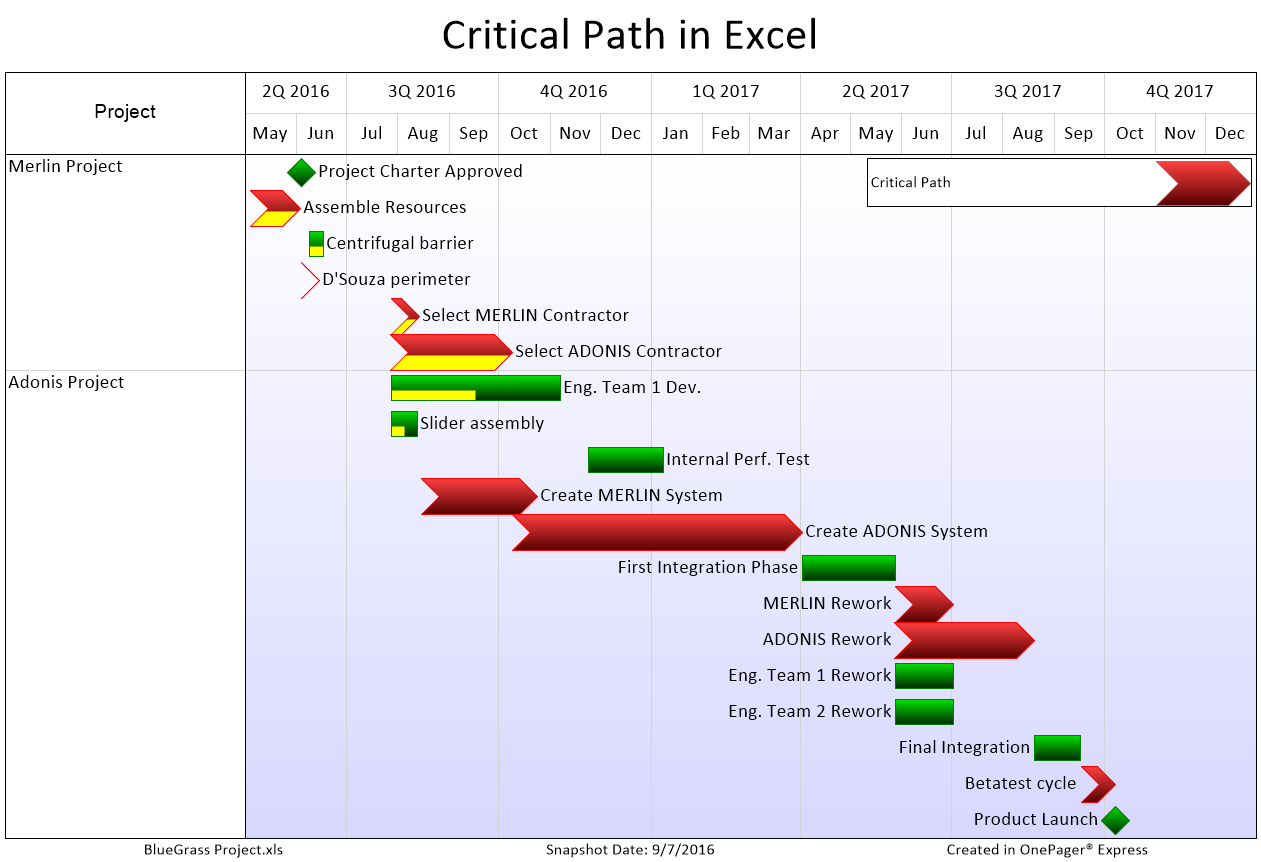Mastering Control Charts in Excel: A Step-by-Step Guide

The world of data analysis often hinges on the ability to visualize and interpret data effectively. One such powerful tool for monitoring process stability and variability is the control chart. Particularly useful in manufacturing, quality control, and process improvement, control charts help identify when a process is out of control or when there are special causes of variation. Excel, a widely used tool for data analysis, offers a straightforward approach to creating these charts. Let's dive into how you can master control charts in Excel with this step-by-step guide.
Understanding Control Charts

Before we jump into Excel, let’s understand what a control chart is:
- Control Limits: These are lines plotted on the chart to represent the statistical limits of the process. Typically, there is an upper control limit (UCL) and a lower control limit (LCL).
- Center Line: This represents the mean or median of the data, providing a baseline for comparison.
- Points: Each data point corresponds to a time interval, showing how the process varies over time.

Collecting and Preparing Your Data

Control charts work best with continuous data. Here’s how to prepare your data:
- Collect data points at regular intervals. Each point could represent a single measurement, an average of several measurements, or a count.
- Ensure your data is in chronological order.
- Calculate the average (mean), standard deviation, and possibly the median for your dataset.
📊 Note: Use AVERAGE, STDEV.P for population standard deviation, or MEDIAN functions in Excel to compute these values.
Creating a Control Chart in Excel

Here’s how to set up a control chart:
1. Organize Your Data

Set up your data in a table format:
| Time/Unit | Value |
|---|---|
| 1 | 34.5 |
| 2 | 35.7 |
| 3 | 34.2 |

2. Calculate Control Limits

Using Excel, calculate:
- The mean (UCL and LCL are typically set at ±3 standard deviations from this mean).
- UCL = Mean + 3 * Standard Deviation
- LCL = Mean - 3 * Standard Deviation
💡 Note: Adjust the multiplier (3) for different sensitivity to out-of-control conditions.
3. Plot Your Chart

Follow these steps:
- Select your data range.
- Go to the Insert tab, click on “Line with Markers.”
- Add the average line, UCL, and LCL:
- Select your chart, go to Chart Design > Add Chart Element > Lines > Average.
- Add UCL and LCL lines similarly, entering the calculated values as series.
- Customize your chart with a title, axis labels, and legend.
Analyzing Control Charts

Once your chart is set up:
- Points beyond control limits: Look for any point outside the UCL or LCL, indicating a process shift or unusual event.
- Non-random patterns: Check for trends, cycles, or too many points on one side of the mean, which could indicate systematic issues or variability within the process.
🔍 Note: Eight consecutive points above or below the mean line might indicate a process shift.
Interpreting Results

To interpret what your control chart shows:
- If data points are within control limits and randomly distributed around the mean, your process is in control.
- Any out-of-control signals require investigation into their root cause.
- Use this to make process improvements or adjustments.
In this wrap-up, we've explored how to create, analyze, and interpret control charts in Excel. Control charts are invaluable for ensuring your processes are stable and within acceptable bounds. By following this guide, you can apply these charts to various aspects of business or operational improvement, monitoring for changes that could lead to better quality, reduced variation, or process efficiency. Whether you're managing production lines, improving service delivery, or just keen on understanding variability in data, mastering control charts in Excel gives you a significant edge in data-driven decision-making.
What is the purpose of a control chart?

+
Control charts are used to monitor process stability and detect unusual variations in a process over time, helping to maintain or improve process performance.
Can I use control charts for any type of data?

+
Yes, while control charts are traditionally used for continuous data, with adjustments, they can also be applied to categorical or count data.
How often should I update my control chart?

+
Update your control chart whenever new data points are available or at fixed intervals, depending on the process you’re monitoring.



